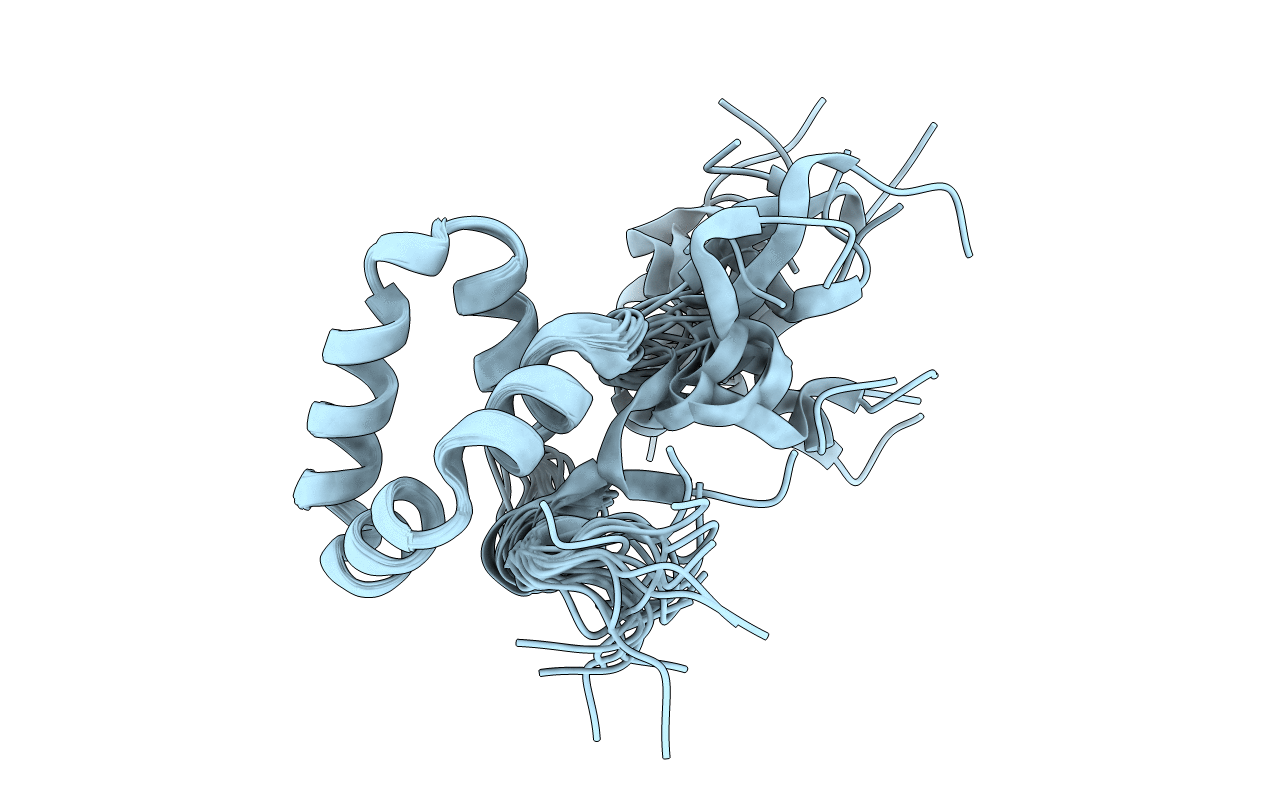
Deposition Date
2003-06-27
Release Date
2004-08-10
Last Version Date
2024-05-29
Entry Detail
PDB ID:
1PVE
Keywords:
Title:
Solution structure of XPC binding domain of hHR23B
Biological Source:
Source Organism:
Homo sapiens (Taxon ID: 9606)
Host Organism:
Method Details:
Experimental Method:
Conformers Calculated:
50
Conformers Submitted:
20
Selection Criteria:
structures with the least restraint violations


